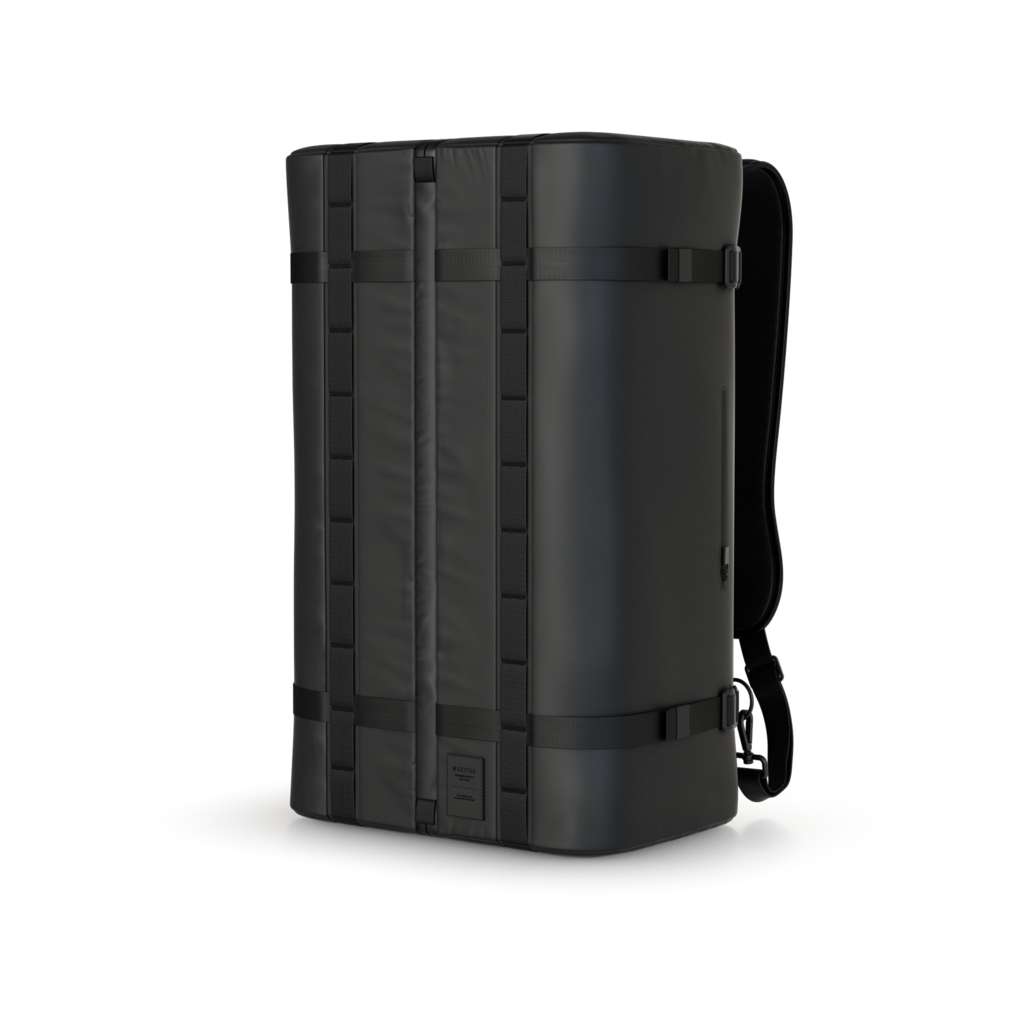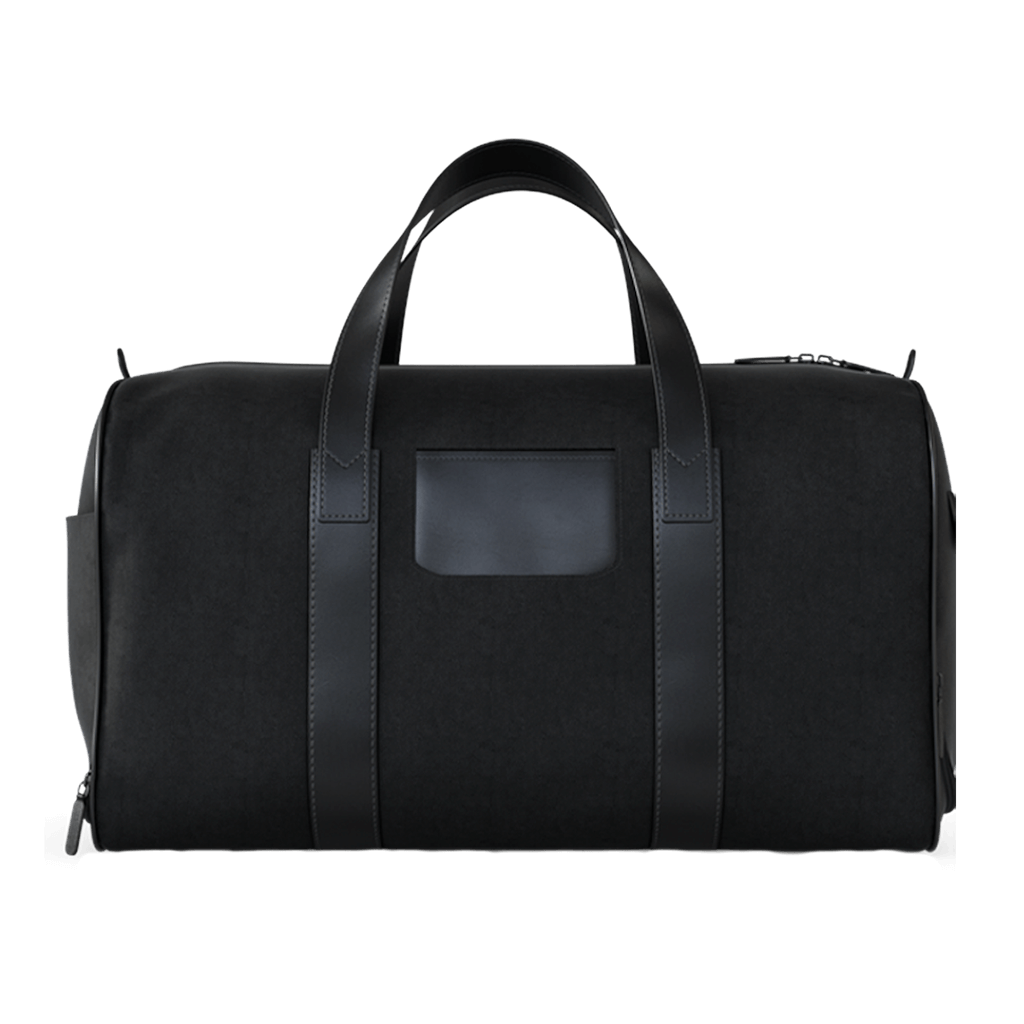RFID Blocking Wallet: Why Do I Need One

In today’s world of ever-increasing speed and technological advancement, society has begun to see a change in business transactions. Employing technologies and equipment that streamline the process and make it quicker and more convenient for both parties involved in any given transaction.

But, also advancing nearly as quickly are technologies that are designed to help the criminal element in society keep up with the security features put in place to protect sensitive personal information from falling into the wrong hands.
RFID (also known as Radio Frequency Identification) chipping is one of the newest, most popular, and widely used technologies in debit and credit cards these days. It has begun to rapidly phase out the old magnetic stripe cards that were much less reliable and safe to use, due to one major flaw in their design.
The flaw is that they were designed to be programmed with the information they would need by the use of strong magnets to arrange the iron particles inside the stripe in specific patterns and orientations that could be read by the card reader at any random checkout across the world.
However, this meant that they were also rather susceptible to being partially or totally erased in the event that they encountered a powerful enough magnetic field at close enough proximity.
The newer RFID chipped cards bring with them a much faster, more reliable, and easier transactional interaction experience. They rarely fail to function properly alongside the chip reader, unlike the older mag stripe cards that were prone to forcing you into repeatedly swiping them through the card reader at various speeds and angles before the transaction would go through, and they cannot be erased by anything as simple as a common magnet.
Unfortunately, they also have an easily exploited weakness inherent in their design that can bring about devastating consequences for anyone that was unfortunate enough to fall victim.
What Makes RFID Vulnerable?
RFID chips are solid-state chips that are used to store relevant information on most modern credit and debit cards.
This specific type of RFID chip is also called a passive chip, meaning there is no built-in power source or power storage to operate the chip. Instead, the chips are designed to be activated via an electromagnetic field that emanates from the chip reader.
Therefore, this will allow the transfer of the information between the chip and the reader, all done completely contactless.

The “weak link in the armor,” so to speak, lies in the basic function of the chip itself.
Because the chips are activated via electromagnetic fields, any strong enough field that comes close enough can have the potential to activate your card.
If this field comes from some sort of electronic device, it shouldn't be an issue. However, if someone were to purposely send an electromagnetic field near your cards, they could potentially use an RFID frequency scanner to subsequently read and access the information that would then be sent out by your cards.
And just like that, you have become a victim of fraud and identity theft. Just ask around, and there is a very high likelihood that you personally know someone who has gone through the nightmare that is having your identity stolen.
Oh, the stories they can likely tell you about their countless hours and heaps of money spent in the course of the long and drawn-out process that is retrieving your identity. Imagine spending months back and forth to courts and hundreds of thousands of dollars for attorney fees and the like, all just to prove that you are you.
How Would an RFID Wallet Keep my Cards Protected?
RFID blocking wallets have been specifically designed and crafted to help stop the threat of remote identity theft from becoming a more widespread reality. They feature a metal frame made in such a way that it becomes a miniature version of what is known as a Faraday cage.
Faraday cages are made with conductive metal shells that are placed around an object to absorb and redirect electromagnetic fields away from anything inside of the cage.
They can either be made with a mesh-like metal fiber construction or simply flat plates of the chosen metal. Metal wallets tend to be RFID wallets simply from the materials they are made from and their construction, but you can get RFID wallets covered in leather and various fabrics.
The cages’ natural tendencies give them the ability to shield the chips in the cards from any attempt at activation through some form of remote electromagnetic field. Since the field cannot infiltrate the blocking, the cards cannot be activated.
This means no transmission of data will take place from any of your RFID chipped cards. It would be like unplugging your living room television in the fact that the cards simply wouldn’t be able to get the energy necessary to activate the chips.
Why Do I Need to Carry an RFID Blocking Wallet?
The answer to that question is extremely simple, it is a matter of security for the all-important cards in your wallet and the highly sensitive information contained on them, and that is why you need to carry one.
With the rising amount of identity theft worldwide, why would you not want to take any and every available precaution against having your money and personal information stolen from you? For this, you need time-saving designs for smarter living.
As society inevitably moves farther and farther towards becoming a fully cashless economy, the incentive for criminals to think up and utilize new methods is always increasing.
The money will always lead some to the darker sides of innovation and will continue to create better technologies that can be used to steal money and information from innocent people.
Crime is inevitable and evolving right alongside every other segment of life, and it is always best to do whatever you can to safeguard yourself from becoming just another in an ever-growing list of people unfortunate enough to have fallen victim to these crimes.
Will you live without an RFID blocking wallet? We feel fairly certain that you would. But why allow yourself and your cards to be at unnecessary risk? If you knew that you would live to be 100 years old if you only ate a carrot every day, would you eat that carrot?
If so, maybe look into getting yourself an RFID blocking wallet. It can offer the same sort of certainty to not only your cards but also to your most precious personal information.
Picture it like insurance for your money and privacy that you only pay for once, and it covers you as long as you keep using it. If you look at it that way, the answer is abundantly clear.
Invest in an RFID blocking wallet, and be sure it is made from high-end materials, and you can eliminate your need to worry about some random scammer pulling a fast one on you.
And the best part is that you don't have to do anything but use the wallet as normal, and you will still always have that added layer of security, which can lead to increased peace of mind for your daily routine. Couldn’t we all use a bit more of that these days?
Sources:
























